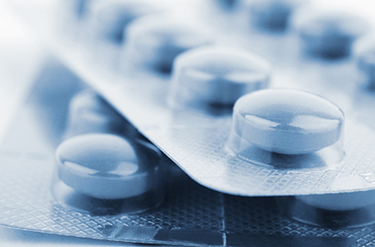Innovative Leak Testing Of Pharmaceutical Blister Packages
By Brian Pahl

In the early 1980´s, aspects of container closure Integrity (CCI) were described. The physical and mechanical properties of a vial container/closure system, which affect seal integrity, were described and methods for testing the seal integrity proposed. These microbiological testing methods were adopted by many in the pharmaceutical industry and accepted by pharmaceutical regulatory agencies as an unofficial standard for verifying the integrity of sterile product-package systems.
In the 1990´s, an exhaustive listing of various physicochemical and microbiological challenge test methods useful for package- integrity testing was provided. The report also recommended validation of physico-chemical leak test methods by a direct comparison to a microbial ingress test.
Microbiological immersion challenge tests are probabilistic test methods. Such tests rely on a series of sequential and/or simultaneous events, each associated with random outcomes described by probability distributions. The findings are associated with uncertainties that necessitate large sample sizes and rigorous test condition controls in order to obtain meaningful results. Microbiological immersion challenge tests can be quite sensitive and are able to detect leakage pathways the size of a single microorganism. However, studies have also shown that such tests lack reliability, often missing leaks that could compromise product sterility.
It is thus desirable that the integrity test method is deterministic. In this kind of test method, the leakage event being detected or measured is based on phenomena that follow a predictable chain of events. An example for a deterministic, well-established, highly sensitive method is helium leak detection.
While helium leak detection is still the most sensitive method for container closure integrity testing, there are some limitations are related to the admittance of the tracer gas. Learn how to obtain highly sensitive, quantitative measurements in real-time without specific tracer gases.
Get unlimited access to:
Enter your credentials below to log in. Not yet a member of Pharmaceutical Online? Subscribe today.
